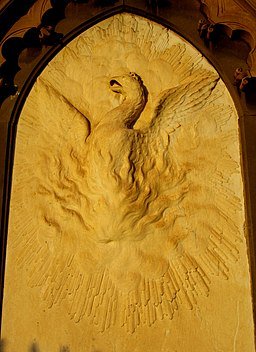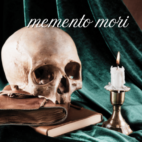Animals in Funerary Art
Whether it slithers or crawls, trudges or gallops, soars or hovers, animals are an important part of the symbolism in a cemetery. Hundreds of animals are used in funerary art, but these are some of the most recognizable.
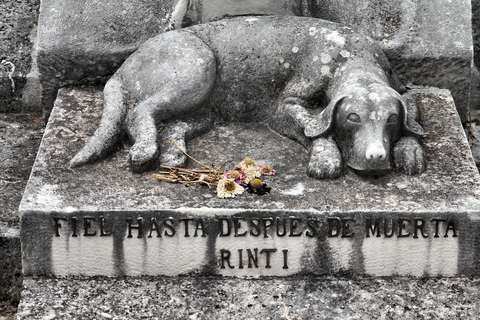
01
Dog
Nowadays when one sees a carved dog in a cemetery it is probably homage to a beloved pet. But the virtues or fidelity, loyalty, vigilance, and watchfulness have long been symbolized by man’s best friend. Although dogs are usually portrayed in a positive light they can also be fierce beasts, such as when they are depicted as Satan’s soul-hunting hellhounds.
02
Lamb
In funerary art, lambs usually mark the graves of children and particularly infans, symbolizing innocence. They lamb is one of the most frequently used symbols of Christ in all periods of Christian art. Christ is often depicted as a shepherd, but he is also referred to as the Lamb of God.
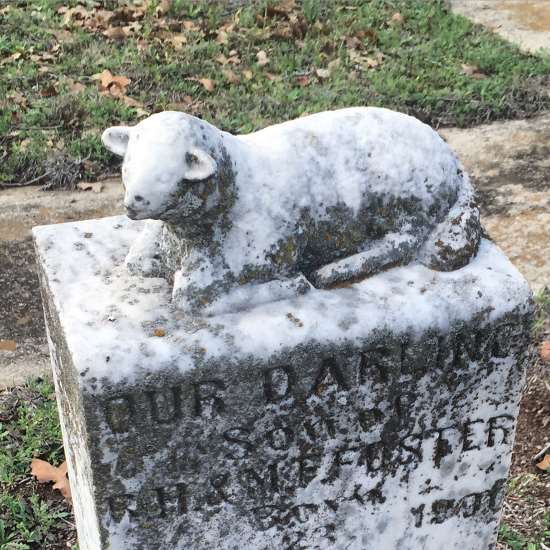
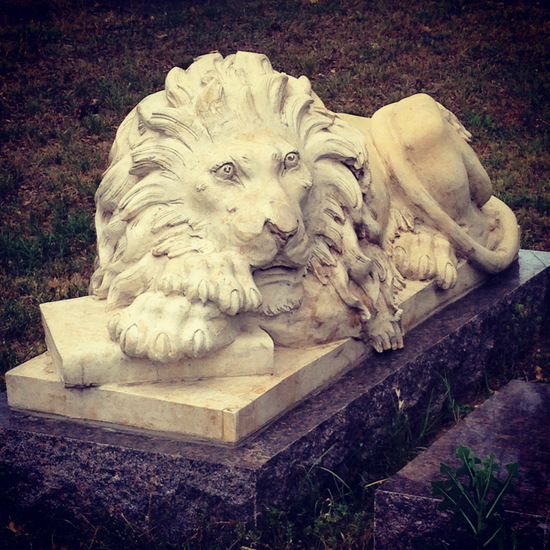
03
Lion
The lion, when seen as a cemetery sculpture, has its usual earthly association with the traits of courage, majesty, and strength. It is frequently seen guarding the portals of tombs and mausoleums. On a more spiritual plain, lions symbolize the Resurrection because of the ancient belief that lion cubs were born dead but came to life after three days when the male lion breathed on them.
04
Stag
The deer, and particularly, the stag, symbolizes solitude and contemplation because of the belief that it leads a primarily solitary life. Because of the form of the stag’s antler, they are often said to represent the Tree of Life.
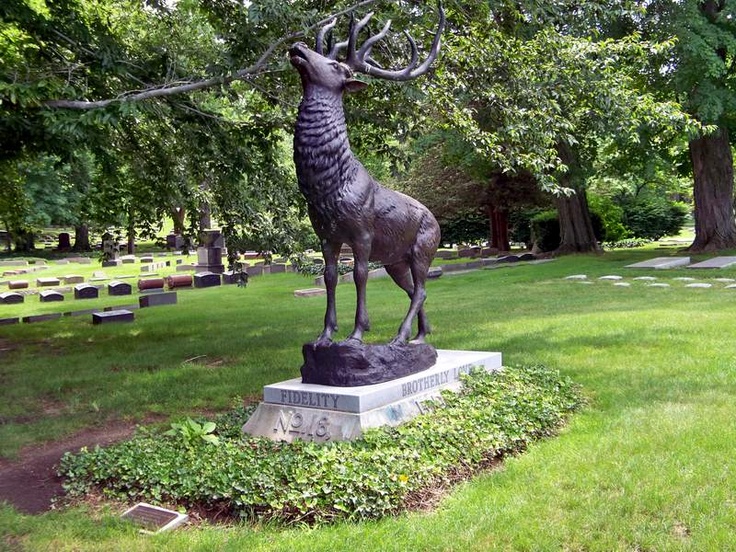

05
Dove
The dove is the most frequently see animal symbol in the cemetery. It is portrayed in a number of poses, but most frequently it is seen holding an olive branch, a reference to the dove sent out by Noah to search for land. The dove then became a symbol of purity and peace because God had made peace with man.
06
Pelican
After the dove, the pelican is the most common bird seen in Christian funerary symbolism. An early observer of pelicans through they saw pelicians feeding their young from a self-inflicted gash in their flesh. In reality, the pelican was feeding its young from its pouch. Christians adopted the pelican’s self-sacrificial feeding of its young from its own blood as a symbol of Christ’s sacrifice on the cross.

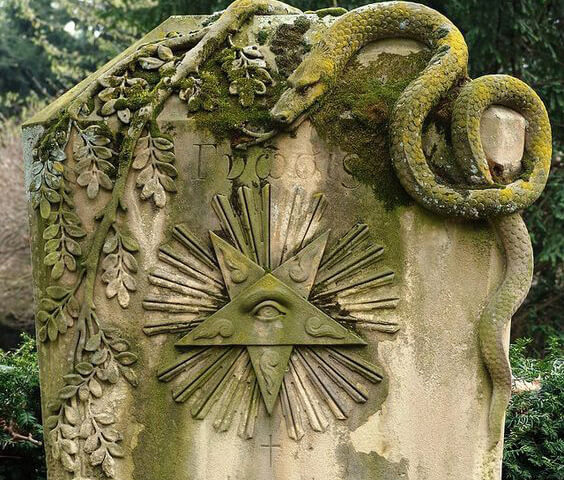
07
Snake
Despite its reptilian ways, snakes are well represented on tombstones although their presence fell off substantially by the 20th century. On nineteenth-century tombstones, snakes are usually depicted biting their tail (called Ouroboros) as a symbol of immortality. On earlier tombstones they are often seen slithering on a corner of a tombstone or winding their ways through a skull.
08
Phoenix
In the cemetery the phoenix represents rebrith, resurrection, and transformation. Christians began using the phoenix on their graves as early as the first century A.D., when St. Clement related the legend of the phoenix in his first Epistle to the Corinthians. In Christian symbolism it is associated with the Resurrection of Christ and appears in scenes of the Crucifixion.
